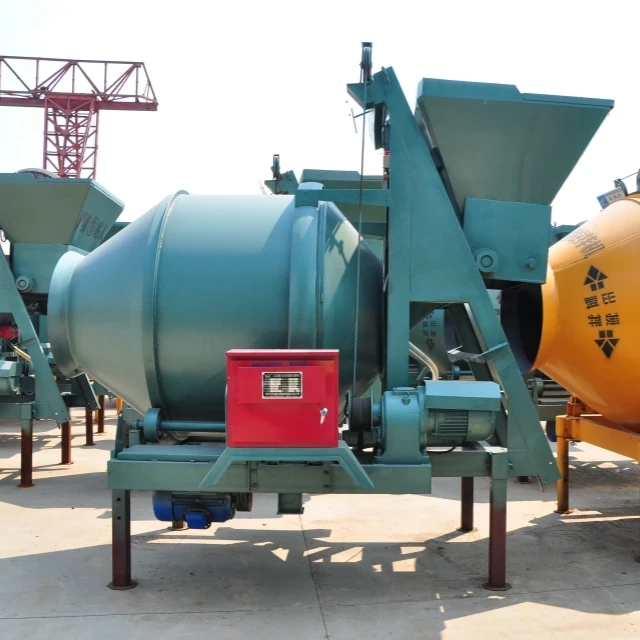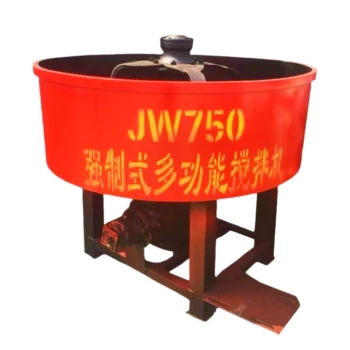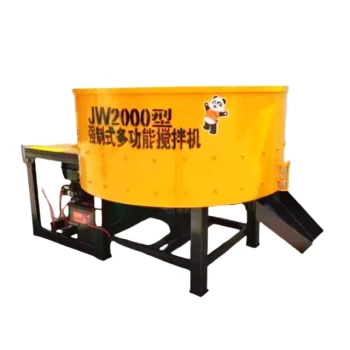Selecting the right concrete mixer isn’t just about upfront costs—it’s about balancing engineering precision with lifetime value. This guide breaks down the technical and economic factors that determine mixer performance, durability, and return on investment (ROI) for flat mouth mixer trucks.
Critical Engineering Factors in Mixer Design
Blade Geometry and Material Composition: The Science Behind Mixing Efficiency
Why it matters: Blade design directly impacts concrete homogeneity and energy consumption.
- Helix Angle Optimization: Blades with a 30°–45° helix angle ensure consistent material turnover without dead zones.
- Wear-Resistant Alloys: High-chromium steel blades last 3× longer than standard carbon steel in abrasive mixes.
- Surface Coatings: Tungsten carbide treatments reduce friction by 18%, lowering power demand.
Ever wondered why some mixers struggle with clumping? Poor blade geometry forces uneven load distribution, accelerating wear.
Precision Calibration of Rotation Speed: Avoiding Cavitation and Wear
Key thresholds:
- Ideal RPM Range: 12–16 RPM for most ready-mix concrete; exceeding 20 RPM risks cavitation (air pockets degrading mix quality).
- Hydraulic System Syncing: Variable displacement pumps maintain torque at low speeds, preventing motor strain.
Costly mistake: Running mixers at incorrect speeds increases maintenance costs by 40% over 5 years.
Compliance with Industry Standards: ISO Certifications and Load Testing
Non-negotiable checks:
- ISO 9001: Validates manufacturing consistency.
- Load Testing: Certified mixers handle 110% of rated capacity without deformation.
Pro Tip: Always request third-party test reports—brands like Garlway provide these for transparency.
Strategic Cost Analysis for Mixer Investments
Total Cost of Ownership: Maintenance vs. Initial Purchase Price
Hidden expenses breakdown:
| Cost Factor | Cheap Mixer (5 yrs) | Premium Mixer (5 yrs) |
|---|---|---|
| Blade Replacement | $9,600 | $3,200 |
| Hydraulic Repairs | $7,500 | $2,100 |
| Fuel Consumption | $28,000 | $22,400 |
ROI insight: Premium mixers save $17,800+ over 5 years despite higher sticker prices.
Case Study: Reduced Downtime with Advanced Alloy Blades in Highway Projects
Real-world data:
- Project Scale: 18-month highway expansion using 12 mixer trucks.
-
Results:
- Alloy-blade mixers had 92% uptime vs. 67% for standard blades.
- Saved $210,000 in emergency repairs and delays.
Lesson: Durability translates to project timelines—a critical factor in contract bidding.
Conclusion: Smart Selection = Lifetime Savings
- Prioritize engineering—blade design and RPM calibration dictate long-term performance.
- Certifications matter—ISO compliance prevents costly operational failures.
- Calculate TCO—invest in mixers with proven ROI, like Garlway’s construction machinery, designed for heavy-duty reliability.
Final thought: Would you rather save $20,000 now or $50,000 later? The right mixer makes that choice clear.
Related Products
- JDC350 Small Cement Concrete Mortar Mixer
- HZS90 Large Multiquip Concrete Mixers for Construction
- Construction Products Concrete Plant Machine Mixing Concrete Mixer
- Commercial Construction Mixer Machine for Soil Cement Mixing Concrete
- Auto Concrete Cement Mixer Machine New
Related Articles
- How to Conduct OSHA-Compliant Concrete Mixer Safety Inspections: A Step-by-Step Guide
- How to Safely Inspect Concrete Mixer Electrical Systems: A Compliance-Focused Guide
- How Ignoring Concrete Mixer Manuals Endangers Workers and Invites Legal Consequences
- How to Build an OSHA-Compliant Safety System for Concrete Mixer Workspaces
- Optimizing Concrete Mixer Safety: How Proactive Tire and Suspension Maintenance Prevents Catastrophic Failures




















